#sagittaria latifolia
Text

#art nouveau#eugene grasset#arrow-head#sagittaire#LA PLANTE ET SES APPLICATIONS ORNEMENTALES#floral pattern#flower patten#floral tile#Broadleaf arrowhead#Sagittaria latifolia#duck-potato#indian potato#katniss#katniss plant#wapato
37 notes
·
View notes
Photo


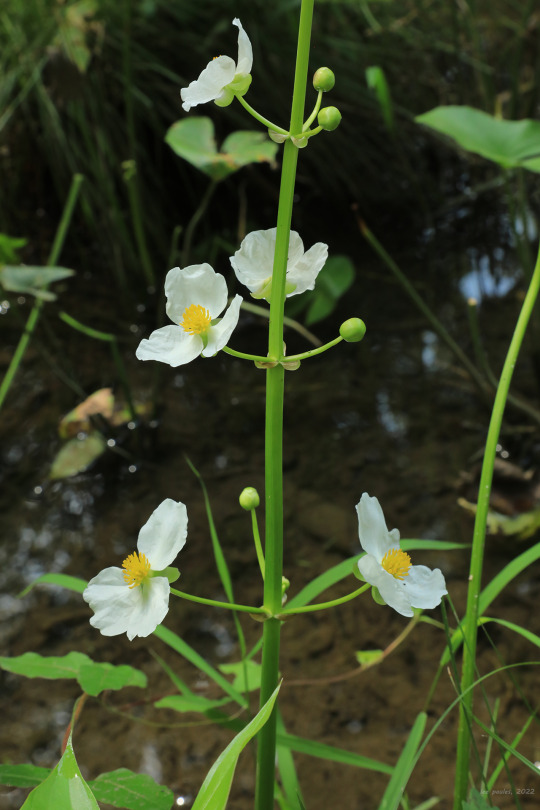

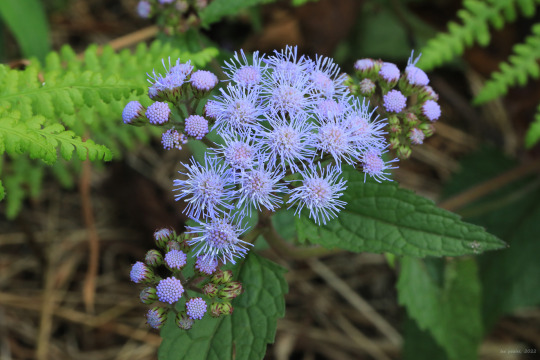



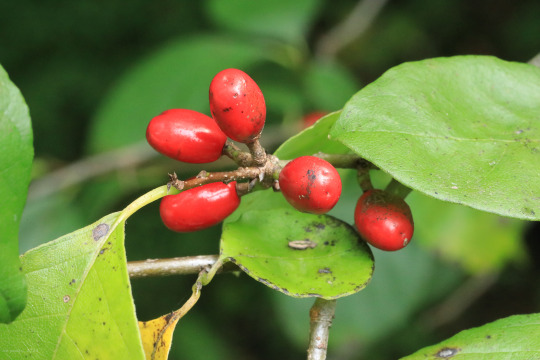
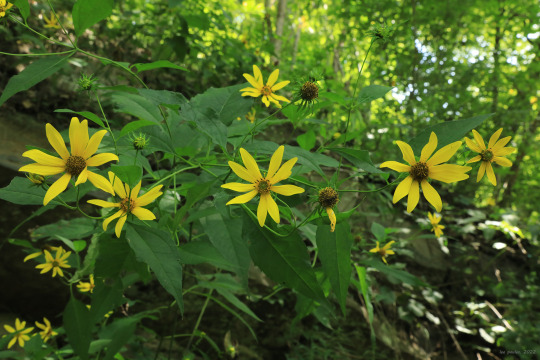
Photos from a late summer bike ride on the Mon River Trail. With autumn just around the corner, the climatic, life-sustaining ceremonies of the season have taken on a frantic, bittersweet urgency, from the proliferation of late summer blooms to the frantic chirrups of insects in search of mates before they succumb to the first frost of October. As the deep greens of summer fade and begin to sacrifice themselves to a fiery self-immolation, I salute Nature’s relentless push to plant the seeds of next year’s renewal.
From top: broadleaf arrowhead (Sagittaria latifolia), also known as duck-potato and wapato, an attractive aquatic plant whose edible tuber was an important source of starch for Native Americans; great blue lobelia (Lobelia siphilitica); a showy relative of cardinal flower with blue, split-lip flowers; blue mistflower (Conoclinium coelestinum), also known as wild ageratum and blue boneset, an unusual late summer aster with disc flowers only; tall coreopsis (Coreopsis tripteris), also known as tall tickseed, a grand, stately perennial up to 8 feet tall with distinctive tripartite leaves; a goldenrod soldier beetle (Chauliognathus pensylvanicus) navigating a wingstem flower (Verbesina alternifolia); northern spicebush (Lindera benzoin), a colonizing shrub whose luminous yellow leaves in fall contrast with its brilliant-red, aromatic berries; and pale-leaved sunflower ( Helianthus strumosus), a perennial sunflower whose leaves are mostly opposite in arrangement with long petioles and pale undersides.
#appalachia#vandalia#west virginia#mon river trail#late summer#life#renewal#flora#wildflowers#insects#sagittaria latifolia#broadleaf arrowhead#duck-potato#wapato#lobelia siphilitica#great blue lobelia#conoclinium coelestinum#blue mistflower#wild ageratum#blue boneset#coreopsis tripteris#tall coreopsis#tall tickseed#chauliognathus pensylvanicus#goldenrod soldier beetle#verbesina alternifolia#wingstem#Lindera benzoin#northern spicebush#helianthus strumosus
100 notes
·
View notes
Text
[Video description: me showing off my Sagittaria latifolia AKA broadleaf arrowhead or wapato or duck potato; growing in the pond in my parents' garden]
Ponds can be kitchen gardens too- there's a not insignificant number of edible aquatics that are worth growing. I chose to try and cultivate this one because it was mentioned in Eric Tosenmier's Edible Perennials book.
Be very careful with aquatic plants that are not native to your area. They can cause a huge amount of damage to the wider ecosystem if they escape.
#growing food#food security#edible aquatics#aquatic plants#pond#pond plants#wapato#indigenous food#Sagittaria latifolia#duck potato#perennial plants#garden#growing#kitchen garden
2 notes
·
View notes
Text
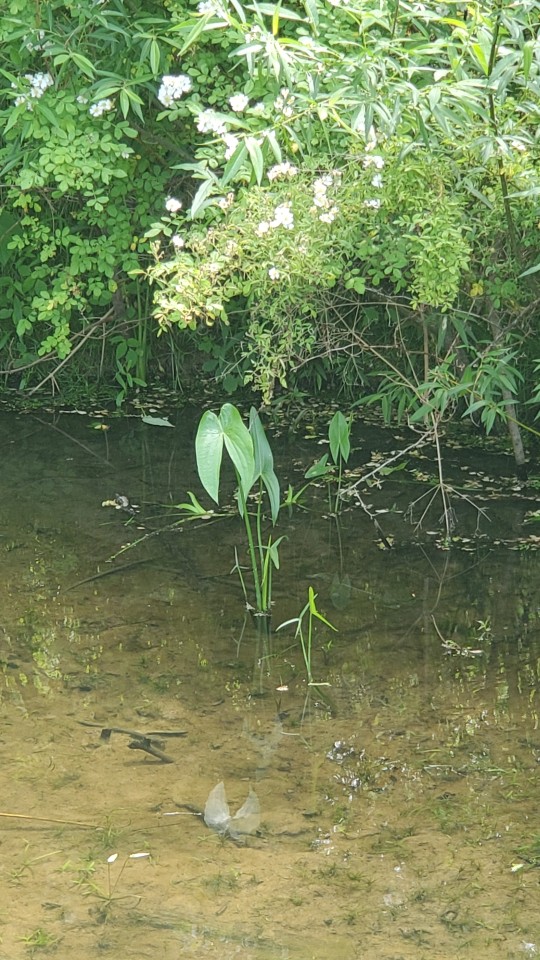
6/1/22
0 notes
Text
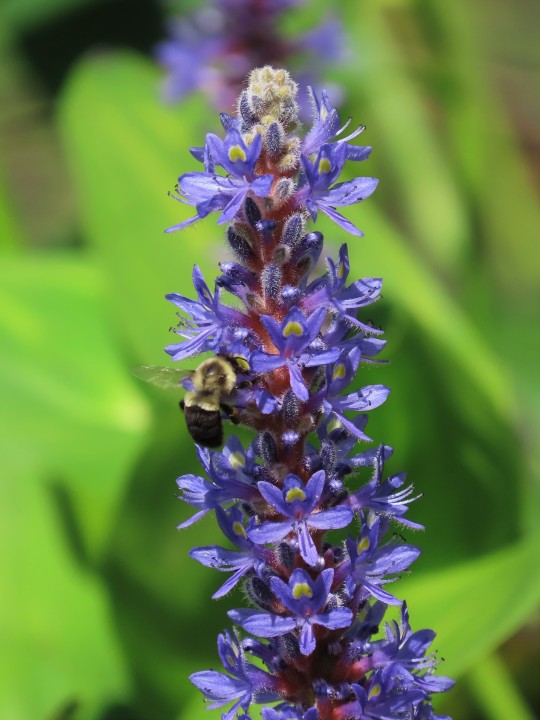


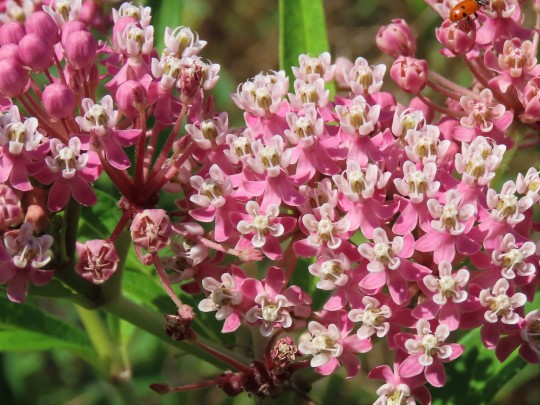

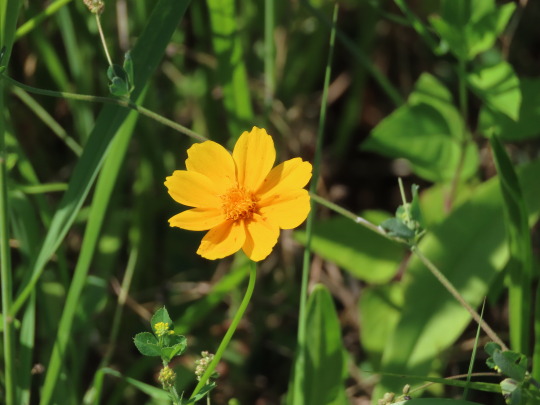
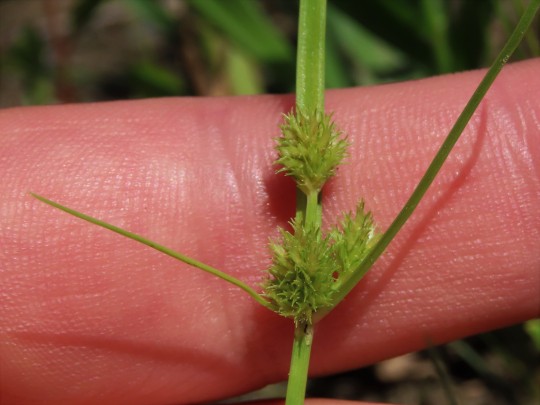


Yep. Plants Time
Pontederia cordata - Pickerelweed
Verbena hastata - Blue Vervain
Monarda fistulosa - Wild Bergamot
Asclepias incarnata - Swamp Milkweed
Sagittaria latifolia - Broadleaf Arrowhead
Coreopsis lanceolata (!) - Lanceleaf Coreopsis (Nonnative to New Jersey, but often included in native seed mixes used for restoration projects, though considering its native range on the east coast ends in Virginia/How well it does up here and further north maybe it did range up here prior to glaciation?)
Cyperus squarrosus - Bearded Flatsedge
Solidago juncea - Early Goldenrod
Echinacea purpurea (!) - Purple Coneflower (Another nonnative-native, a classic plant of midwest prairies thats been spread nationwide through both garden escapees and inclusion in native seed mixes)
-8/23, Bergen County, NJ
51 notes
·
View notes
Text
New species I’m getting this year!
Antennaria rosea (Rosy pussytoes)
Arisaema dracontium (Green dragon)
Asplenium scolopendrium (Hart’s tongue)
Calycanthus floridus (Sweetshrub)
Carex aurea (Golden sedge)
Claytonia virginica (Fairy spuds)
Echinacea pallida (Pale purple coneflower)
Equisetum hyemale (Scouring rush)
Iris setosa (Bristle-pointed iris)
Linnaea borealis (Twinflower)
Lonicera canadensis (Canadian fly honeysuckle)
Lonicera involucrata (Twinberry honeysuckle)
Osmunda claytoniana (Interrupted fern)
Passiflora incarnata (Maypop)
Pediomeleum esculentum/Psoralea esculenta (Breadroot)
Polystichum munitum (Western sword fern)
Triglochin maritma (Seaside arrowgrass)
Vaccinium macrocarpon (Large cranberry)
Viburnum acerifolium (Maple-leaved viburnum)
Viola pedata var. bicolor (Crowfoot violet)
Species I’m trying again this year after failed past attempt(s)!
Antennaria neglecta (Field pussytoes) Was planted in late summer and I was kept from watering it adequately.
Argentina anserina (Silverweed) No idea why they didn’t survive where I put them, but try, try again, elsewhere this time.
Artemisia frigida (Fringed sagebrush) First time ended up being white sage brush instead; second time plug was on its last legs on arrival, died soon after.
Chamaenerion angustifolium (Fireweed) Going to try this in yet another spot.
Dennstaedtia punctiloba (Hay-scented fern) Supposed to be aggressive! Mine was not. Maybe the one I get this year.
Dioscorea villosa (Wild yam) Planted the tuber but it never came up.
Glycyrrhiza lepidota (Wild licorice) Squirrels...Dug it up and broke the stem.
Lupinus polyphyllus (Big-leaf lupine) Leafed out nicely for its first and second year and then just didn’t come up again after its second winter.
Maianthemum racemosum (False Solomon’s seal) Squirrels! Dug it up and broke the stem.
Pteridium aquilinum latiusculum (Western bracken fern) I put it in a dry shady spot, as recommended, and it died.
Rudbeckia hirta (Black-eyed Susan) SQUIRRELS!!! Dug it up and while I was visiting home and it dried out. Couldn’t revive it.
Silene acaulis (Moss campion) Sunny, wet, amongst rocks. Check, check, check, but they keep dying on me.
Sisyrinchium montanum (Blue-eyed grass) Two places tried, two place died. I shall try a third place this year.
Viola pubescens (Downy yellow violet) FUCKING. SQUIRRELS. Dug it up while I was at work and left it to scorch and dry out in the sun. Couldn’t revive it.
Species I’m getting again because I’m fairly sure mine didn’t make it
Apocynum cannabinum (Hemp dogbane) It might not have gotten enough sunlight thanks to the white mulberry that grew over. I’ll try it in a different area.
Sagittaria latifolia (Duck potato) It may come up after all but I don’t want to take the chance of planting too late if it doesn’t.
Sparganium americanum (American bur-reed) Not sure why, but we’ll try again this year. And I may yet be surprised.
Symplocarpus foetidus (Skunk cabbage) It’s possible it’s just young and takes longer to come up than it would if it were more mature, but I don’t want to take chances since there’s only one place I can get them at.
10 notes
·
View notes
Photo
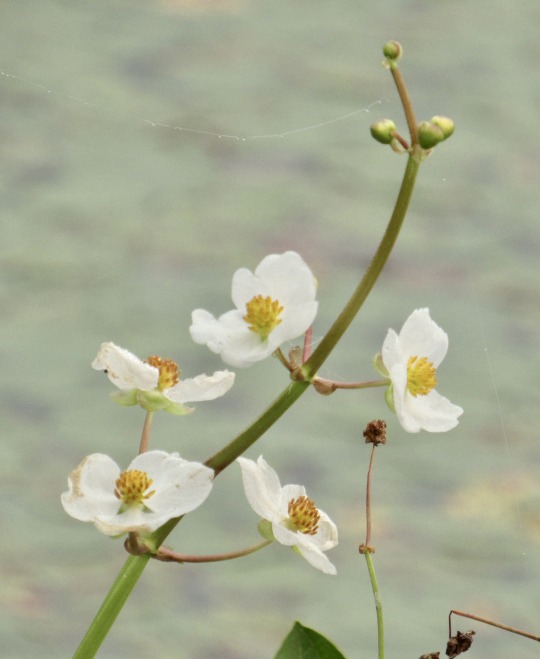
Arrowhead, Sagittaria latifolia, a water plant blooming at the lake.
191 notes
·
View notes
Photo

Sagittaria latifolia,
growing in a fen, one way you can tell that a place is frequently flooded is when this species is common place among the wetland asters and sedges.
12 notes
·
View notes
Photo
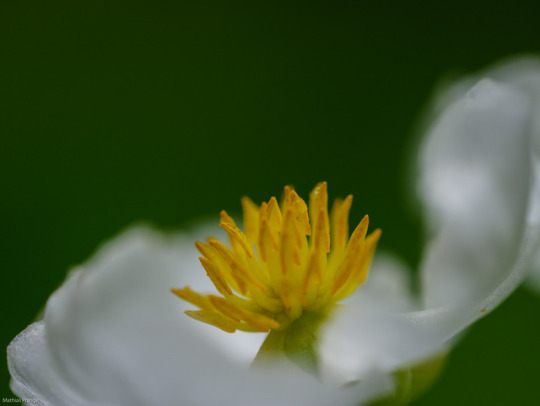
Sagittaria latifolia - thank you Google (I hope the identification is right)
#photographers on tumblr#original photographers#Sagittaria latifolia#veränderliches Pfeilkraut#Hamburg#Duvenstedter Brook#plant#flower#blossom#macro photography#close-up
25 notes
·
View notes
Photo

Unidentified bee on common arrowhead (Sagittaria latifolia), at Back Bay National Wildlife Refuge, Virginia Beach, Virginia.
#photographers on tumblr#bee#common arrowhead#Sagittaria latifolia#Back Bay National Wildlife Refuge#Virginia Beach#Virginia
39 notes
·
View notes
Photo




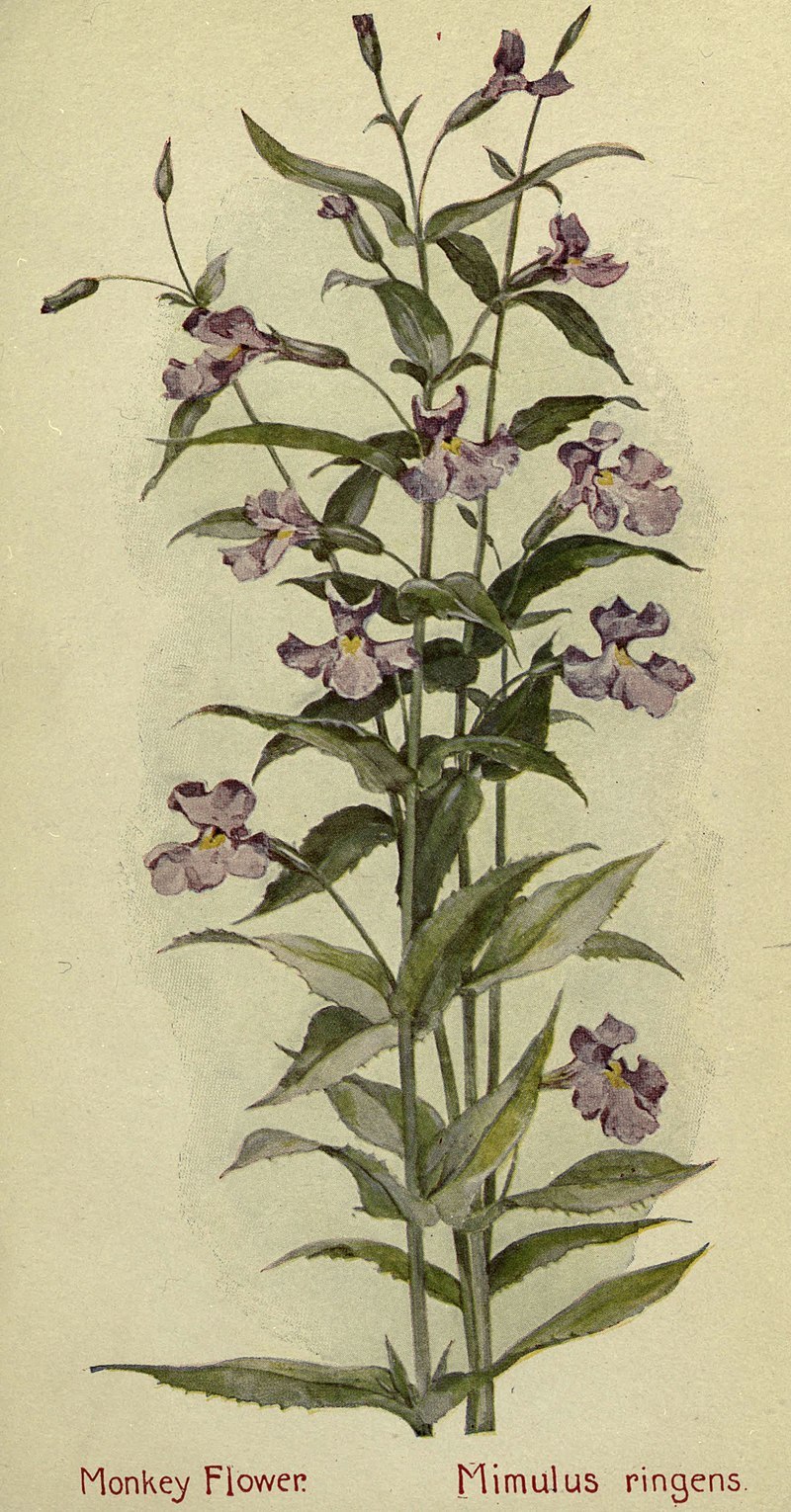





1) Marsh Marigold (Caltha palustris)
2) Sabbatia (Sabattia chloroides)
3) Fringed Polygala (Polygala paucifolia)
4) Oswego Tea (Monarda didyma)
5) Monkey Flower (Mimulus ringens)
6) Early Golden-rod (Solidago juncea)
7) Arrowhead (Sagittaria latifolia)
8) New England Aster (Aster Navae Angliae)
9) Cone-flower (Rudbeckia hirta)
10) Evening Lychnis (Lychnis alba)
Some more botanical illustrations taken from ‘Field book of American Wild Flowers’ by F. Schuyler Mathews.
Published 1912.
This file comes from the Biodiversity Heritage Library.
Wikimedia.
282 notes
·
View notes
Text

#eugene grasset#arrow-head#sagittaire#art nouveau#floral pattern#lace#floral lace#LA PLANTE ET SES APPLICATIONS ORNEMENTALES#broadleaf arrowhead#sagittaria latifolia#duck-potato#indian potato#katniss#katniss plant#wapato
6 notes
·
View notes
Photo
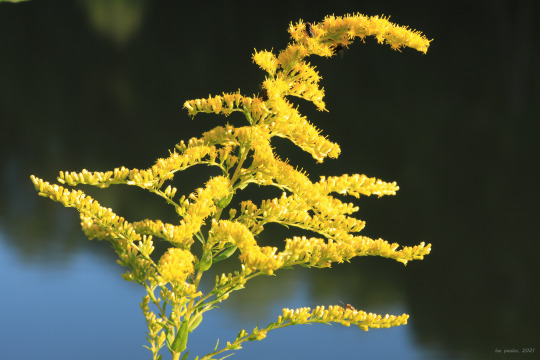

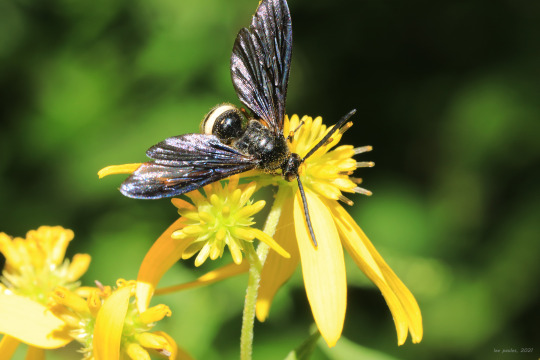


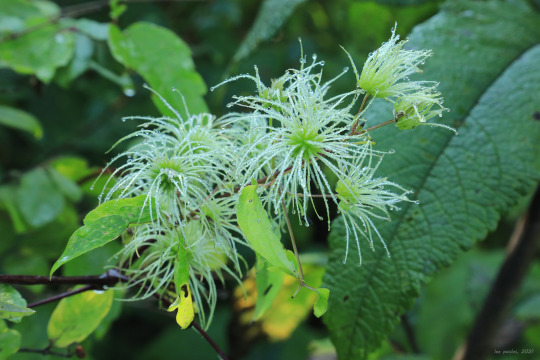
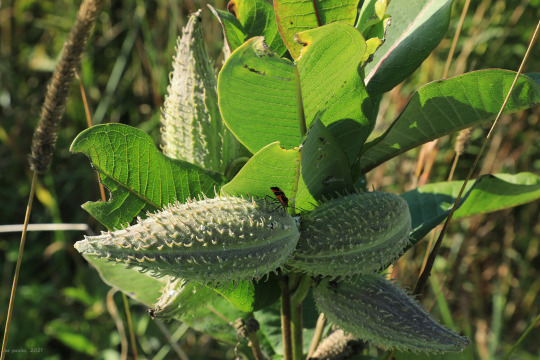
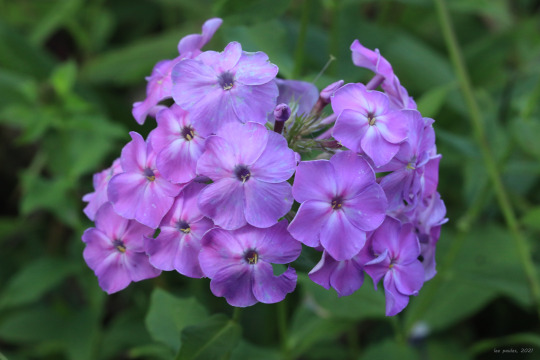

Appalachia’s Late Summer Gifts, Panel 2: warm days, cool nights, soft sunlight, surging wildflowers, sex-crazed bugs, and bursting seeds.
#appalachia#vandalia#west virginia#late summer#wildflowers#flora#insects#verbesina alternifolia#wingstem#scolia bicincta#double-banded scoliid wasp#solidago canadensis#canada goldenrod#sagittaria latifolia#broadleaf arrowhead#wapato#duck-potato#conocephalus brevipennis#short-winged meadow katydid#phlox paniculata#fall phlox#clematis virginiana#virgin's bower#ascelepias syriaca#common milkweed#seeds#seed pods#vernonia fasciculata#common ironweed#Papilio glaucus
62 notes
·
View notes
Text
I'm so tired of seeing the same plants listed for brackish tanks, they don't thrive they just tolerate it for like six months before dying. Java fern has never survived in brackish for me, anubias does poorly, crypts are NOT brackish aside from a single highly abundant species not available in the hobby, and you definitely cannot add macroalgaes at such a low salinity unless you just get chaeto and no one wants to look at that in a display tank. Vallisneria americana can tolerate and live in very low brackish environments, it's found, after all, in the Chesapeake Bay, but if you go to 1.006 and above then it begins to die and it does best between 1.0008-1.006. Various Sagittaria (latifolia, lancifolia) are also found in American brackish wetlands but increased salinity also reduces growth and I have a feeling that because brackish waterways naturally have an influx of fresh and salt, the plants tolerate the high salinity temporarily at tide vs all year round as you'd find in your tank, unless you were changing your salinity regularly in your tank during regular maintenance while maintaining lower levels of that salinity.
This isn't like informative or anything it's just me annoyed that I cannot get Cryptocoryne ciliata in the hobby despite it being one of the most wide-spread crypts in the world and living in mangroves.
24 notes
·
View notes
Link
Most commonly encountered here in North America is the water spider orchid (Habenaria repens).
It is a relatively robust species, however, considering that even its flowers are green, it is often hard to spot. Though it will root itself in saturated soils along the shore, it regularly occurs in standing water throughout the southeast. Often times, it can be found growing amidst other aquatic plants like pickerel weed (Pontederia cordata) and duck potato (Sagittaria latifolia). Because it can reproduce vegetatively, it isn't uncommon to find floating mats of comprised entirely of this orchid...
20 notes
·
View notes
Photo
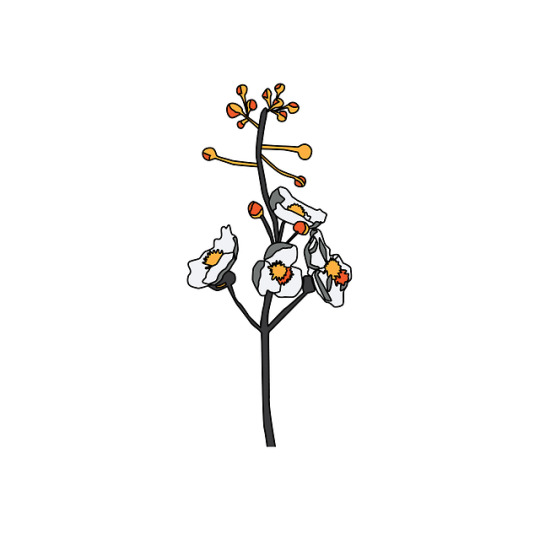
Day 1: Broadleaf Arrowhead
Sagittaria latifolia
#illustration#digital art#botany#wildflowers#flowers#nature#native#michigan#wildlife#drawing#minimal
35 notes
·
View notes